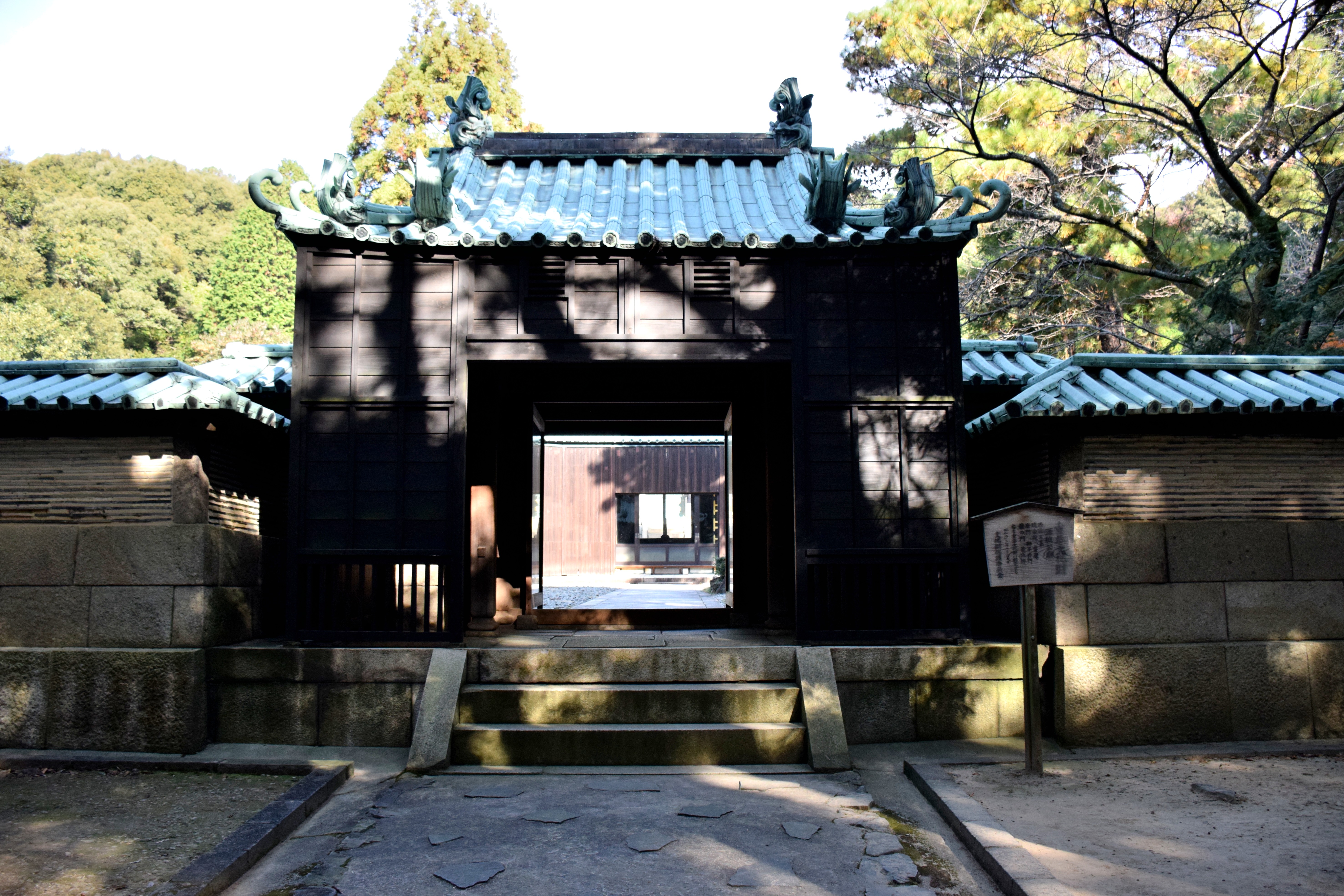Tokugawa Yoshinao on:
[Wikipedia]
[Google]
[Amazon]
was a Japanese ''
 His remains were cremated and laid to rest at his mausoleum in Jōkō-ji (Seto).
His remains were cremated and laid to rest at his mausoleum in Jōkō-ji (Seto).
daimyō
were powerful Japanese magnates, feudal lords who, from the 10th century to the early Meiji era, Meiji period in the middle 19th century, ruled most of Japan from their vast, hereditary land holdings. They were subordinate to the shogun and n ...
'' of the early Edo period.
Biography
Born the ninth son ofTokugawa Ieyasu
was the founder and first ''shōgun'' of the Tokugawa Shogunate of Japan, which ruled Japan from 1603 until the Meiji Restoration in 1868. He was one of the three "Great Unifiers" of Japan, along with his former lord Oda Nobunaga and fello ...
with his concubine, Okame no Kata. His childhood name was Gorōtamaru (五郎太丸). While still a young child, he was appointed leader of first the fief of Kofu in Kai Province and later the fief of Kiyosu in Owari Province. In 1610, he was appointed leader of the Owari Domain (present-day Nagoya
is the largest city in the Chūbu region, the fourth-most populous city and third most populous urban area in Japan, with a population of 2.3million in 2020. Located on the Pacific coast in central Honshu, it is the capital and the most pop ...
), one of the most important regions in the country, thus founding the Owari-Tokugawa house. A holder of the 2nd court rank, junior grade (''ju-ni-i''), he had the title of ''dainagon'' (major counselor).
During the Kan'ei
was a after ''Genna'' and before ''Shōhō.'' This period spanned the years from February 1624 through December 1644. The reigning emperors and empress were , and .Titsingh, Isaac. (1834) ''Annales des empereurs du japon'', p. 411./ref>
Chang ...
era (1624-44) he had a kiln constructed at the corner of the Ofuke enceinte (''Ofukemaru'') of Nagoya Castle and invited potters from Seto to make pottery there. This became known as Ofukei ware
, also spelled ''Ofuke'', refers to a type of Japanese pottery that was originally produced in Nagoya, central Japan.
History
During the Kan'ei era (1624–44), the first lord of Owari Tokugawa Yoshinao (1601–1650) had a kiln constructed ...
.
Yoshinao began learning Shinkage-ryū
' meaning "new shadow school", is a traditional school ('' koryu'') of Japanese martial arts, founded by Kamiizumi Ise-no-Kami Fujiwara-no-Hidetsuna, later Kamiizumi Ise-no-Kami Nobutsuna Friday, Karl ''Legacies of the sword'', page 24. Univer ...
from Yagyū Hyōgonosuke
or — Toshitoshi (利厳) was the founder of the Owari mainline of the Yagyū Shinkage-ryū style of swordsmanship in the early Edo period. He was a son of Yagyū Toshikatsu and a grandson of Yagyū Muneyoshi (Sekishūsai). His name is sometim ...
at age 16, and was named the 4th ''sōke
, pronounced , is a Japanese term that means "the head family ouse" In the realm of Japanese traditional arts, it is used synonymously with the term ''iemoto''. Thus, it is often used to indicate "headmaster" (or sometimes translated as "head of ...
'' at age 21.
Family
Yoshinao's principal wife was Haruhime, the daughter of Asano Yoshinaga of Kii (whose family was later transferred to Hiroshima), and his concubines included Osai and Ojō no Kata. He had two children: Mitsutomo, who succeeded him as ''daimyō
were powerful Japanese magnates, feudal lords who, from the 10th century to the early Meiji era, Meiji period in the middle 19th century, ruled most of Japan from their vast, hereditary land holdings. They were subordinate to the shogun and n ...
'' of Owari, and Shiko or Kyōhime who married Hirohata Tadayuki, a court noble.
* Father: Tokugawa Ieyasu
was the founder and first ''shōgun'' of the Tokugawa Shogunate of Japan, which ruled Japan from 1603 until the Meiji Restoration in 1868. He was one of the three "Great Unifiers" of Japan, along with his former lord Oda Nobunaga and fello ...
* Mother: Okame no Kata (1573–1642) later Sōōin
* Wife: Asano Haruhime (1593–1637) later Kōgen-in, daughter of Asano Yoshinaga of Kishū Domain
, or , was a province of Japan in the part of Honshū that is today Wakayama Prefecture, as well as the southern part of Mie Prefecture. Nussbaum, Louis-Frédéric. (2005). "''Kii''" in . Kii bordered Ise, Izumi, Kawachi, Shima, and Yamato Prov ...
* Concubines:
** Osai no Kata later Sadashin-in
** Ojō no Kata later Kankiin
* Children:
** Tokugawa Mitsutomo
was daimyō of Owari Domain during early Edo period Japan.
Biography
Tokugawa Mitsutomo was the eldest son of the first daimyō of Owari Domain, Tokugawa Yoshinao by a concubine. He undertook his ''genpuku'' ceremony under Shōgun Tokugawa Iemi ...
by Ojō
** Kyōhime (1626–1674) by Osai and married Hirohata Tadayuki
References
*Tokugawa, Munefusa (2005). ''Tokugawa yonhyakunen no naishobanashi''. Tokyo: Bunshun-bunko.External links
1601 births 1650 deaths Lords of Owari Deified Japanese people {{Daimyo-stub